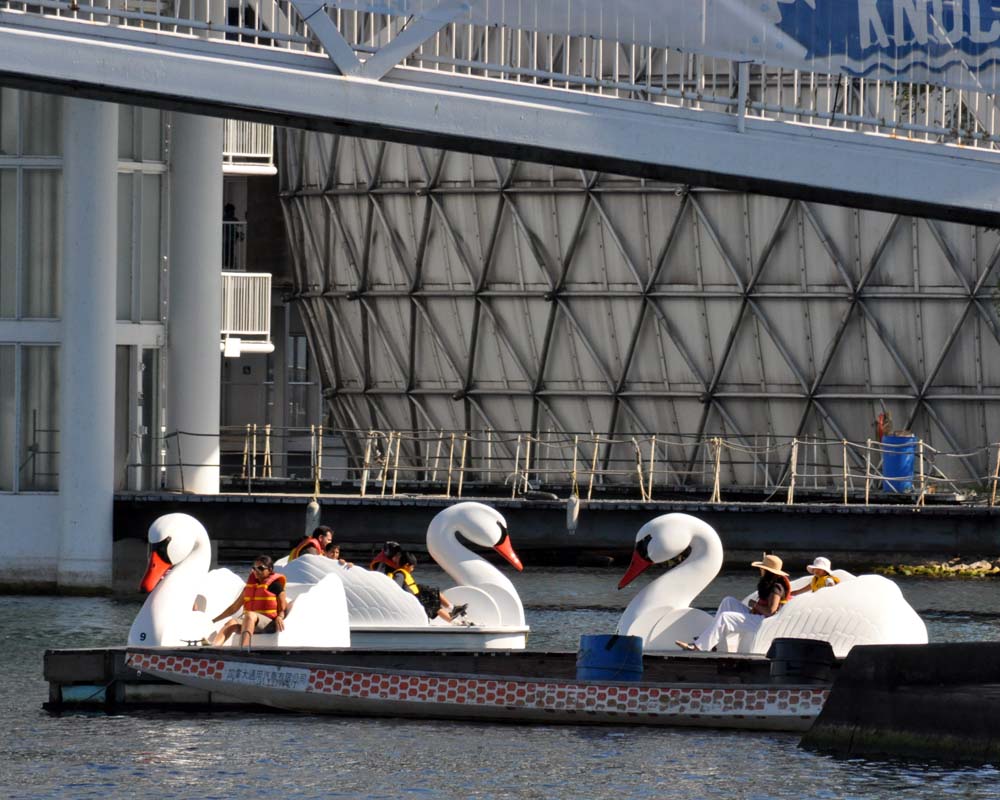W. K. Lis
Superstar
Entire list is here:
http://www3.ttc.ca/PDF/Transit_Planning/Subway ridership 2009-2010.pdf
There's other non-interchange stations that are busier. Dundas, Eglinton and Finch. King is only a bit busier than Queen. Now that is 2009/2010 ... scary how much some of the stations have grown in 2011 - would be interesting to see the entire list. Hmm, and Sheppard-Yonge has shrunk - LOL.
Don't forget that the 501 Queen and 504 King are surface lines and when the passengers disembark they may enter (adding to the count) or may not enter (not adding to the count) the Subway stations at King, Queen, Osgoode, or St. Andrew. Unlike at Bloor-Yonge, where they may transfer or exit the stations, but non the less end up adding to the station counts.
Look at the Ridership and cost statistics for bus and streetcar routes for 2011 at this link.





